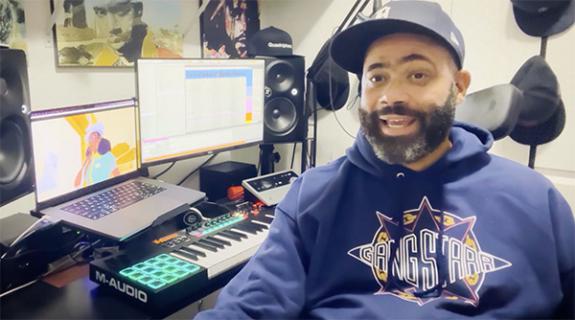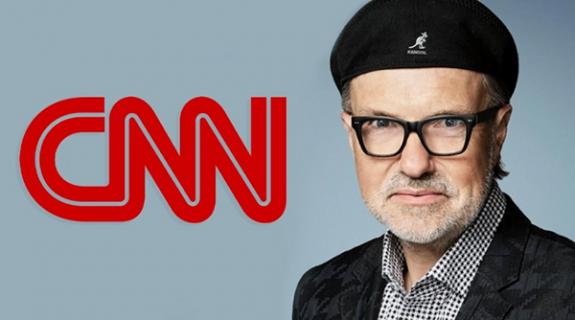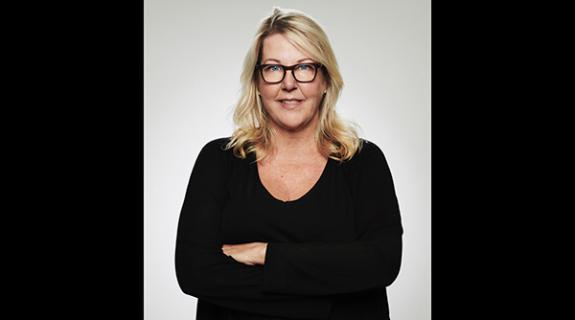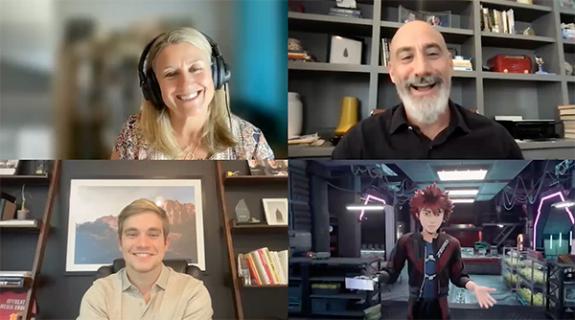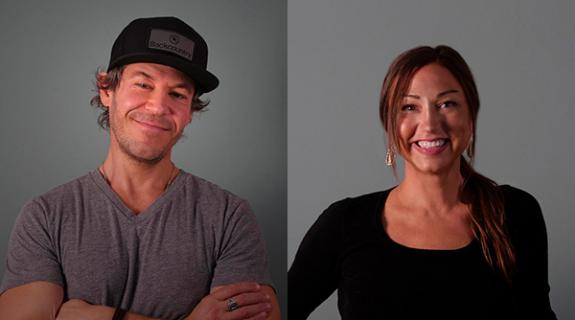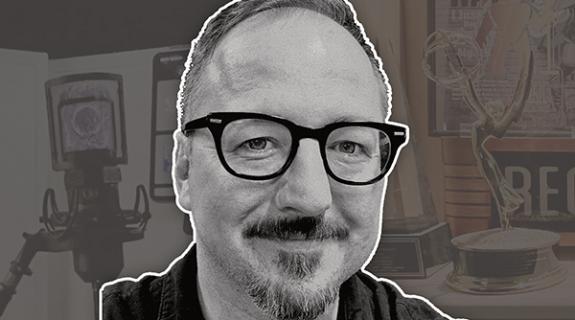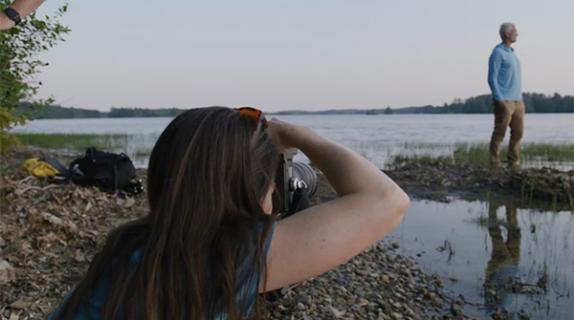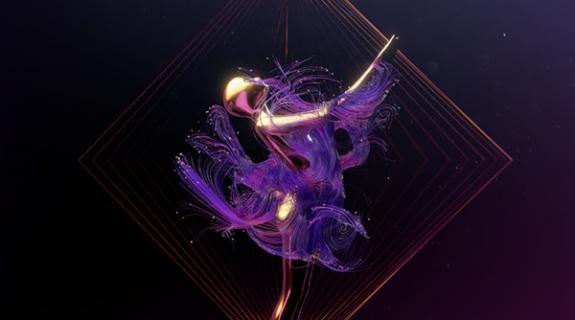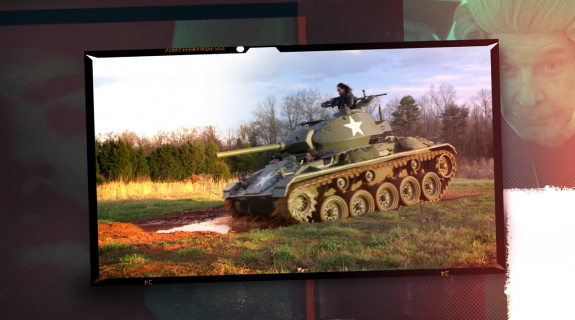Ozzy Osbourne’s triumphant return to unscripted television has been something of an epic odyssey, with the lovable eccentric and his son galavanting around the globe on a quest for knowledge and bonding in History Channel’s Ozzy & Jack’s World Detour.
But the dad-and-son duo aren’t the only ones who were taken on an adventure by way of the series, whose first season concluded on October 2. Atlanta-based agency Elevation may not have been on the road with the production, but it was along for the ride in spirit, on the 8-month creative journey of designing Ozzy & Jack’s entire show package including its logo, title sequence, lower thirds, and in-scene animated overlays.
From the archival photos, memorabilia, gothic imagery and hand-drawn scribbles and doodles on display above, it’s not hard to parse Elevation’s concept for the package: An appealingly ramshackle combination of travelogue and rock-star scrapbook.
“Between road trip and rock-and-roll star, there’s just so much to work with,” said Stephen Cocks, creative director for Elevation. “Ozzy’s not a millennial. He’s sort of a history buff, so the idea of road trip paraphernalia, of picking up memorabilia and that sort of thing, was a great opportunity… Then on the flipside, he’s got such an incredible history in rock ‘n’ roll, and you’ve got the memorabilia from rock ‘n’ roll to play with, and of course all the symbolism.”

With help from Jack Osbourne himself and by creating materials in-house, Elevation culled a dense backlog of visual details with which to pepper the show. The trick was to present these static pictures, drawings, ticket stubs and other artifacts in a non-static way. Cocks said his team attacked the problem with “this idea of lighting gels and separation of color channels,” effectively shrouding them in an effects scrim inspired by what an actual Ozzy concert might feel like. The goal was to “distort” the show’s frequent bouts of still imagery, he continued, to “fracture it or step right on to channels so you weren’t just seeing a static image but there was always some kind of layer of movement or texture to keep what we felt needed to be a pretty high energy level that goes with Ozzy.”

But injecting footage with a little more pizzazz offered more than just added aesthetic value to unmoving pictures. It also allowed the production to inject life into actual scenes with the titular stars, and “present information in a new and interesting way that doesn’t suck you out of the motion of the show and story,” said Greg Johnston, executive producer for T-Group Productions, which developed the series with Osbourne Media. “How could we drop in factual information while keeping it interesting and keeping it moving?”
The answer is evident in the show’s pilot episode, where Ozzy and Jack visit Stonehenge, as well as a field nearby in which scientists have found what they call “Superhenge,” a version of the familiar stone arrangement that is believed to be much bigger than the original, but is buried out of sight. Seeking to visually represent something that can’t otherwise be seen – because it’s underground – T-Group hit across the notion of animating Super-Henge, with Elevation’s help, to rise up from the soil as Ozzy and Jack walk about.
“We loved that,” Johnston said, “and we kept doing that, wanting to do a couple of those in each episode just to keep it fresh.”
In another episode, Ozzy and Jack visit the Clarksdale, Mississippi, crossroads where blues great Robert Johnson once, as legend has it, sold his soul to the devil in exchange for his prodigious talent. What was once likely a sweeping, dusty southern intersection of two roads stretching into the horizon with ominous portent, is now, thanks to development, “really sort of an ugly intersection,” Greg said. “So we thought, ‘how could we transport Ozzy and Jack back to the time before there were no shops, stores, etc.’”
The answer was to remove today’s strip-mall-laden intersection from the footage, and replace it with that wide-open plain, then animate in the epic showdown between Johnson and the Devil. To get the tricky effect, Elevation ended up shooting two of its own staffers in front of a green screen, one clad in a guitar, the other clad in devil-like Sith Lord attire leftover from a previous Star Wars-themed Cartoon Network project, then piped them in as “a live-action piece within the intersection,” Cocks said, “as opposed to trying to do it graphically.”
Such technical gerrymandering was commonplace over the eight months Elevation worked on Season 1, as T-Group continued to send sequences from their travels in need of a creative boost. Being an unscripted series, most of the footage was not ideally calibrated for layering in motion graphics.
“They’re smaller crews moving location to location, so the last thing they’re thinking about is, ‘oh we’re going to have to put a graphic into the shot, let’s make sure that we have a nice clean plate,’” Cocks said. “We would get some pretty crazy shots that we’d have to then figure out how to track and put shots into them… We did everything from the Robert Johnson scene to crash-landing an alien spaceship in Roswell, New Mexico.”
In yet another example of its considerable resourcefulness, Elevation was asked to add in an old-timey wooden billboard sign to a scene in which the camera rises up from a cotton field. Complicating matters more than a touch was the fact that the scene is time-lapse, making the application of something as simple as a billboard to a field nearly impossible without intricate frame-by-frame adjustments to light and texture and other physical details that change throughout the day.
“We got that shot and I looked at it and was like, ‘we’re going to have to go back to these guys and say uh-uh, there’s no way we can do that,’” Cocks said. “It looked to me like 30-40 hours of rotoscope work to get it cleaned up. But then one of our guys here played with it, kept on pulling different mattes and keys, and because it was time-lapsed, was able to get it to actually work really well. We took what they gave us, and tried to work with it as best we could, and I think it came out really well.”
Tags:




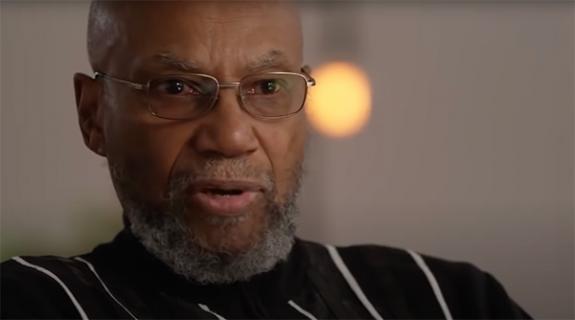
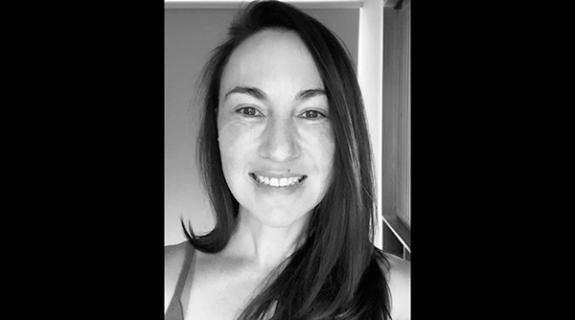
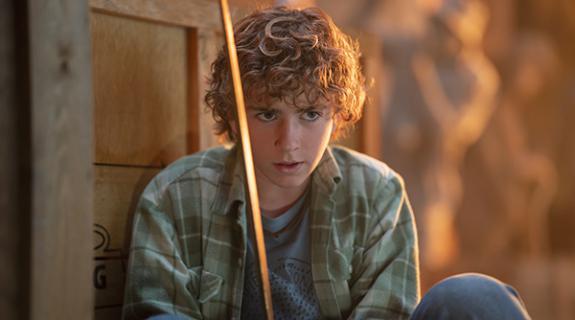

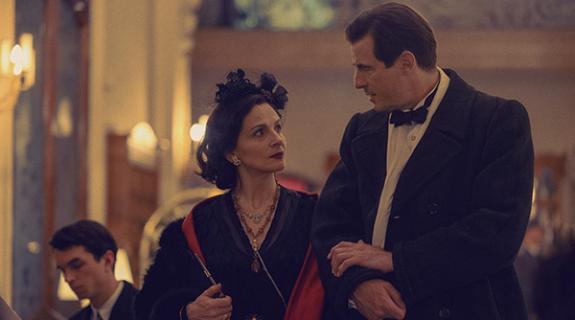
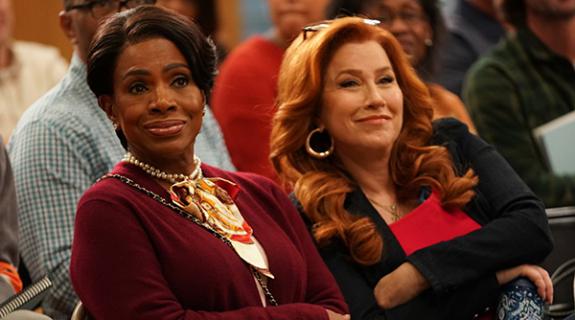
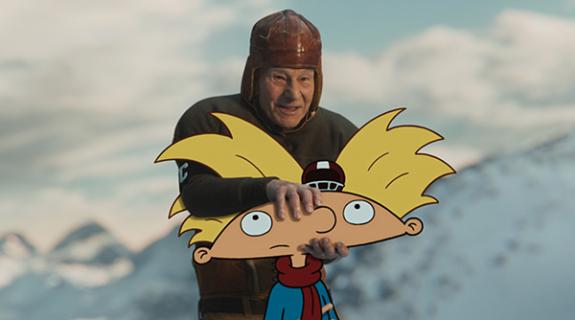
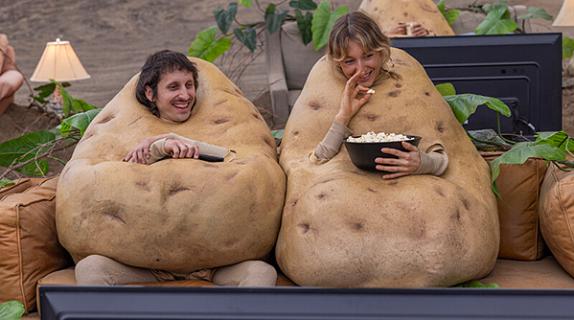
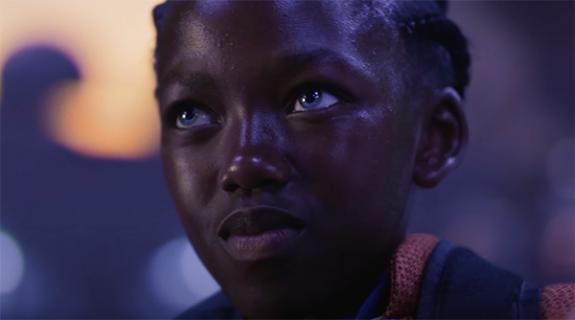
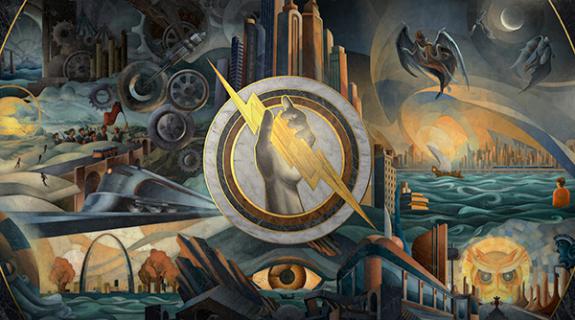
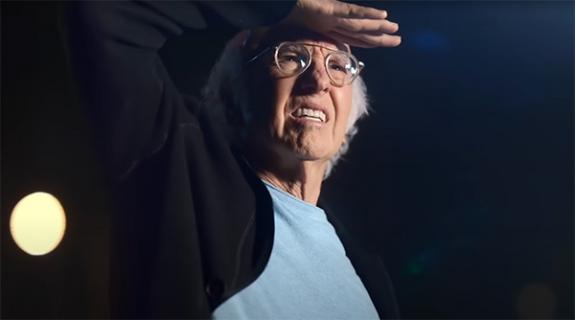

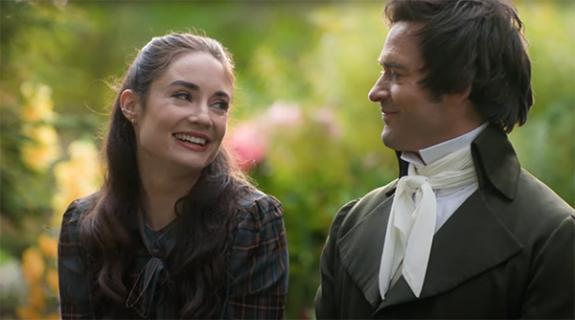
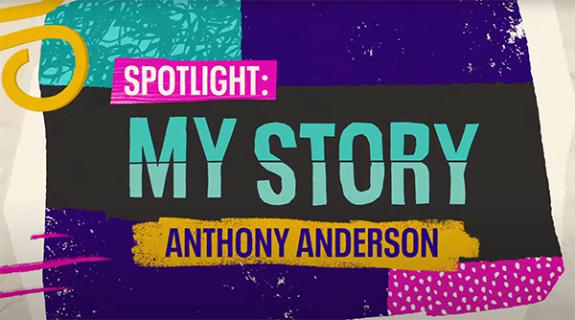

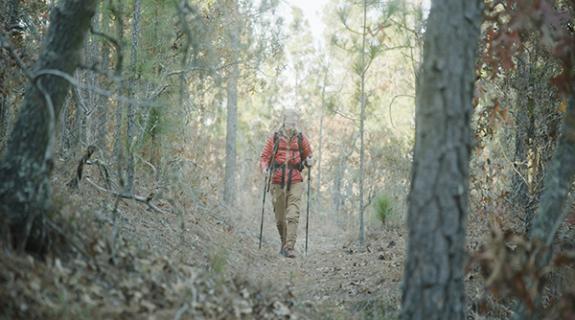
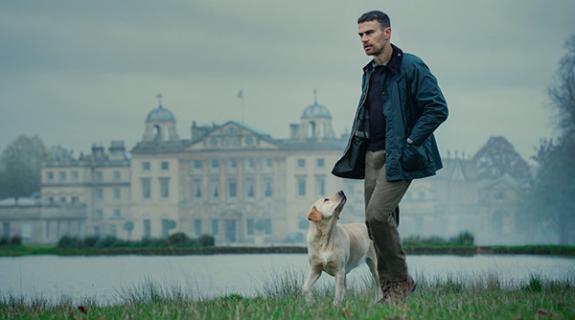
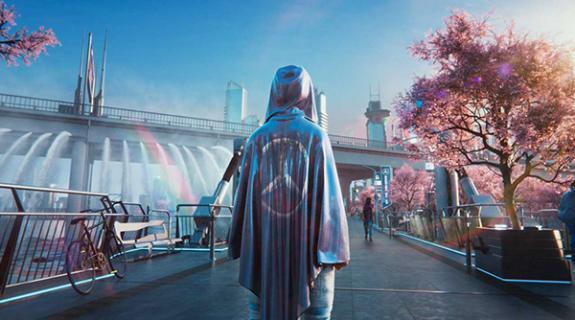
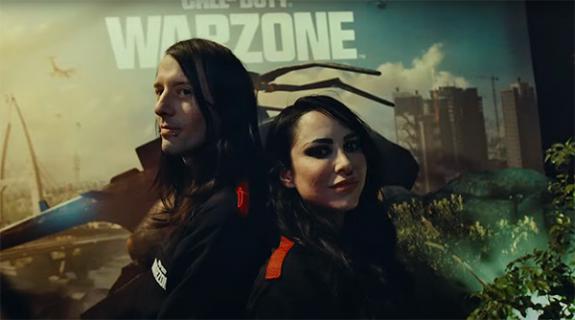
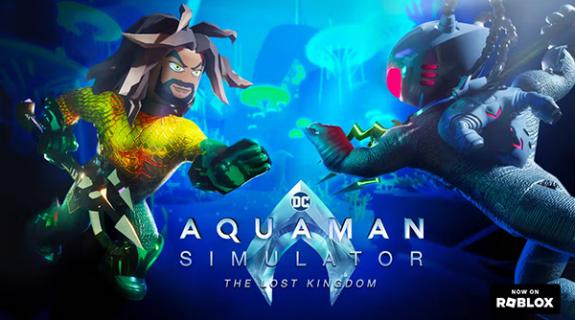
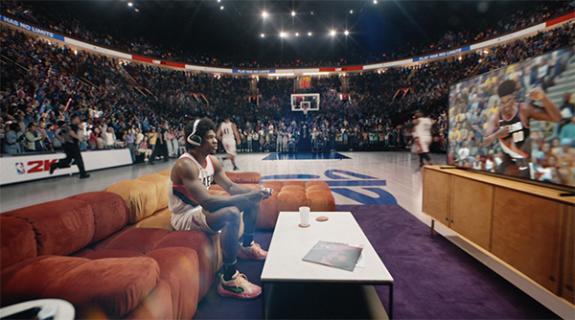
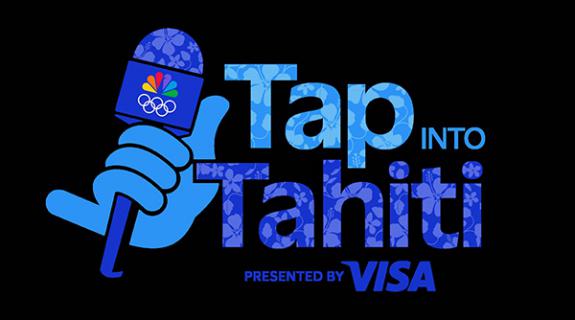
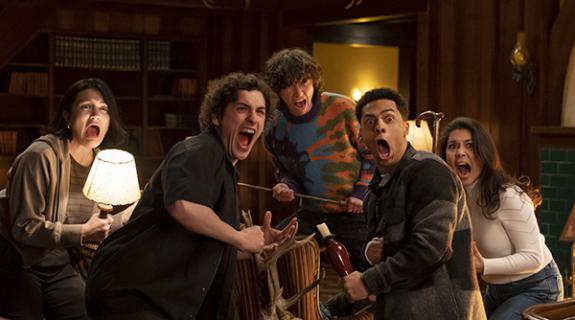
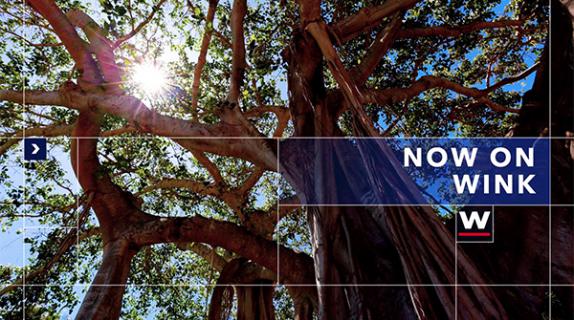
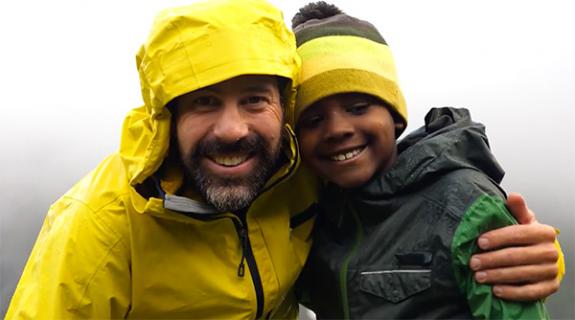
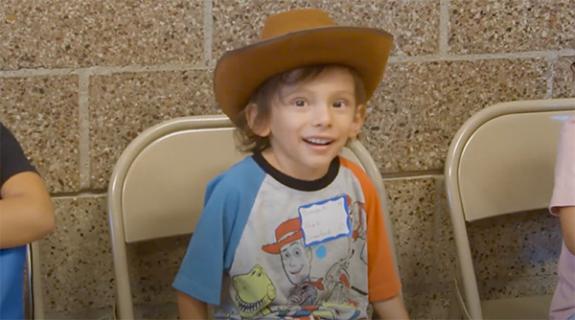

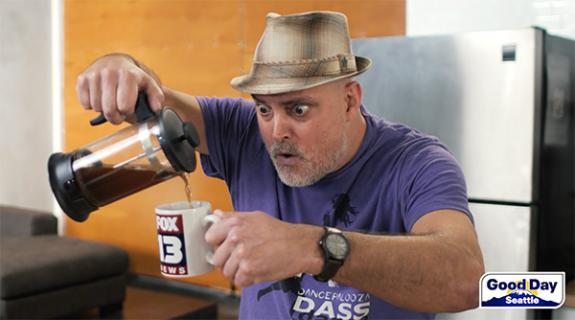
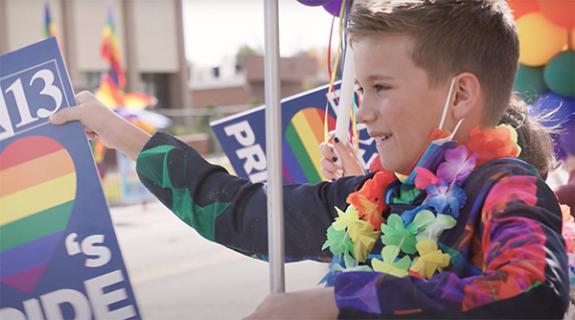

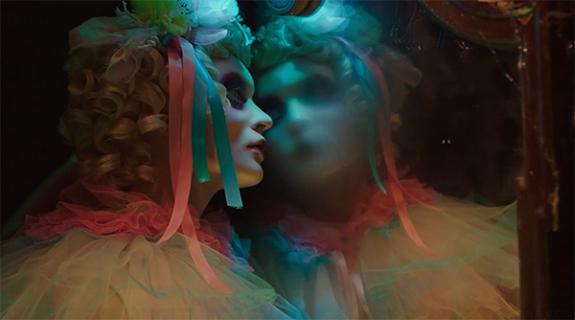

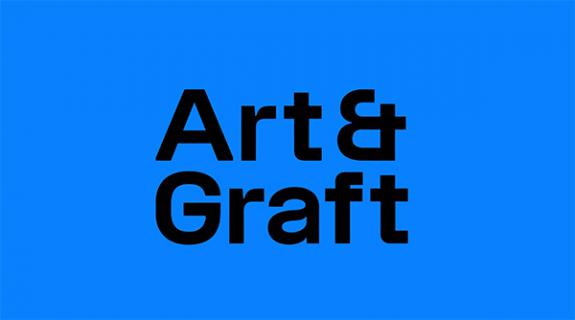
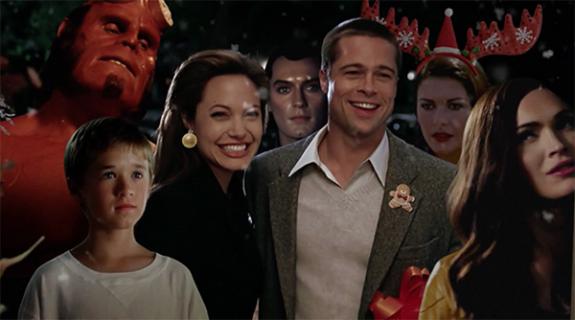
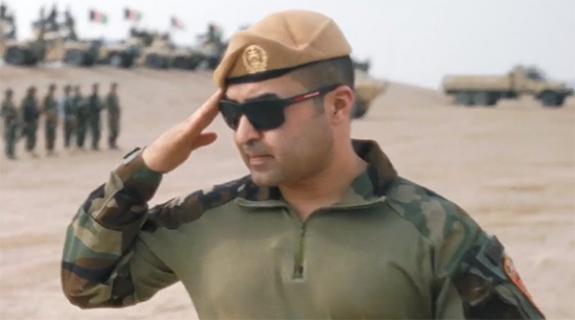

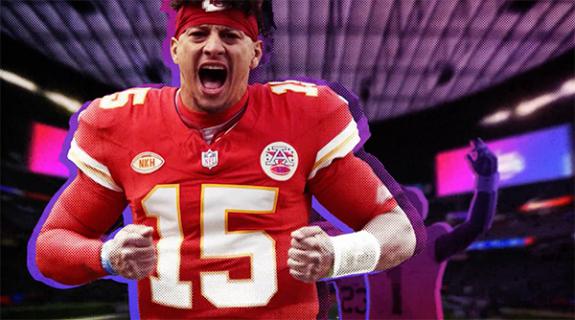
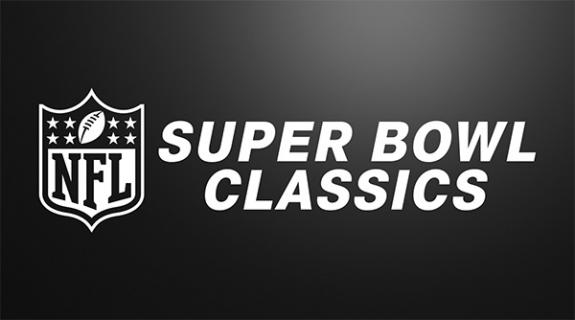
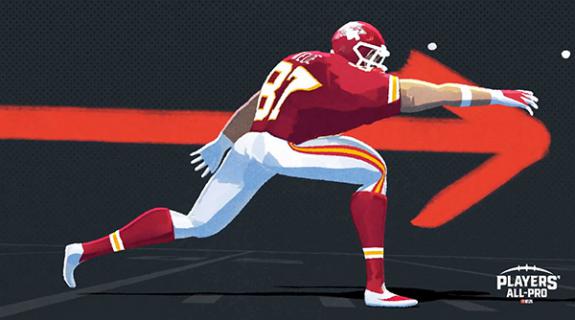

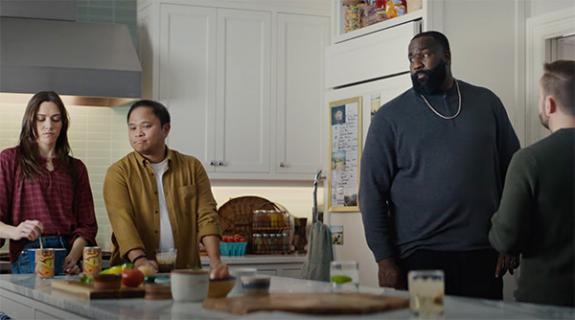
__twocolumncontent.jpg)

